John C Jay In Conversation
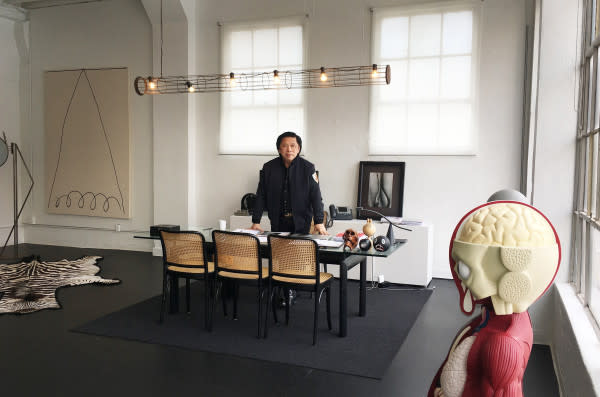
John C Jay is a living legend. In between a string of projects and guises, the former Global Executive Creative Director for Wieden+Kennedy is now President of Global Creative for Fast Retailing Inc. (they own Uniqlo, whom he has worked with too).
Jay changed how brands immerse themselves in the culture of their communities, and his work has influenced design standards for a generation. For example, in his time working at W+K on behalf of Nike, he was responsible for their methodology of cultural submersion, known as 'city attack', introducing them to cultural figureheads like sculpturist Tom Sachs, legendary Hip-Hop historian Bobbito Garcia, and Hiroshi Fujiwara 'the Godfather of influencers' and the H in HTM (Hiroshi Fujiwara, Tinker Hatfield, and Nike CEO Mark Parker) – and that's just the start.
When it comes to designing for change, John’s work stands out as the standard by which all businesses should follow. His is a system of immersion and re-invention, continually geared towards connecting those around us in new and exciting ways. It’s what we think is the future of business, if not the future of the world.
Do you see a common thread through your many projects, past and present?
This may be the most important question of your interview, as it is about the most defining aspect of my still expanding career.
There is a strong common thread that has connected my creative projects throughout my career from almost day 1 after ‘immigrating’ to New York City from Columbus, Ohio. After a degree in Visual Communications at The Ohio State University, which was led by design philosophies from Europe and instructors who introduced ‘the grid’ and the discipline of research, I moved to New York City, where I started first in journalism and editorial design for a publication covering social issues, then to the opposite world of fashion and lifestyle at Bloomingdales. I continued my search for yet another leap into a very different creative challenge by joining Wieden+Kennedy in Portland, Oregon. During my long tenure at W+K, I moved to Tokyo and opened our first entrée into Asia, W+K Tokyo, where I also launched an award winning independent music label. Today, I am President of Global Creative for Fast Retailing Inc., the parent company of international fashion brands – including Uniqlo.
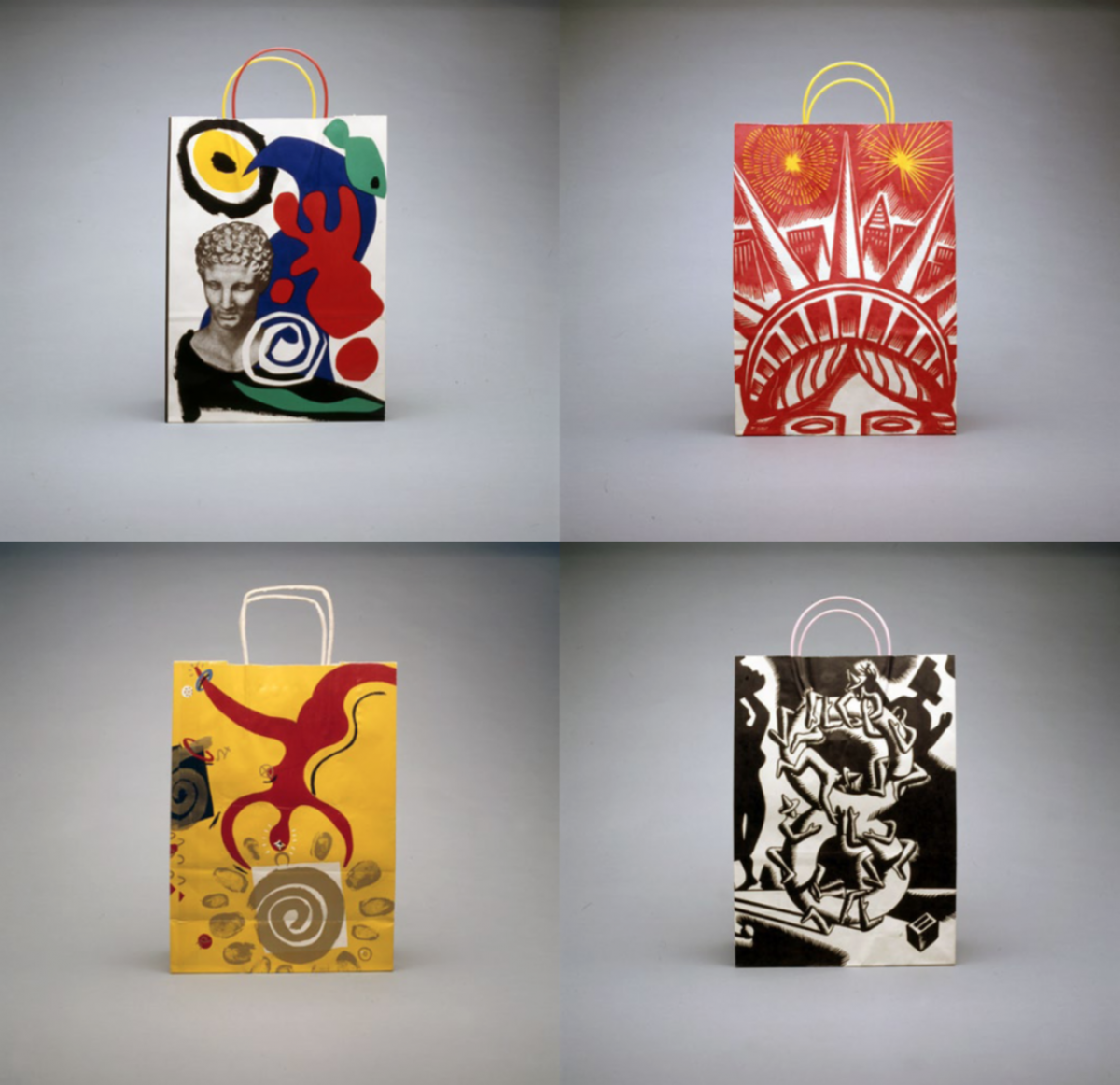
In each of these roles, I leaped into a new field without previous experience. Today, I am privileged to utilise all my experience, interests and talent to further my engagement in that one singular common thread of my career…to be inspired by, to learn from, to contribute to…CULTURE.
It was Visual Communication and a library filled with European design magazines that infused my mind with cultures so different from my own. My editorial career, working with editors who had to produce important stories weekly or monthly, gave me the opportunity to work with brilliant people in social mission, politics, medicine, science, business and law – all expressions of a changing society and its effects on culture.
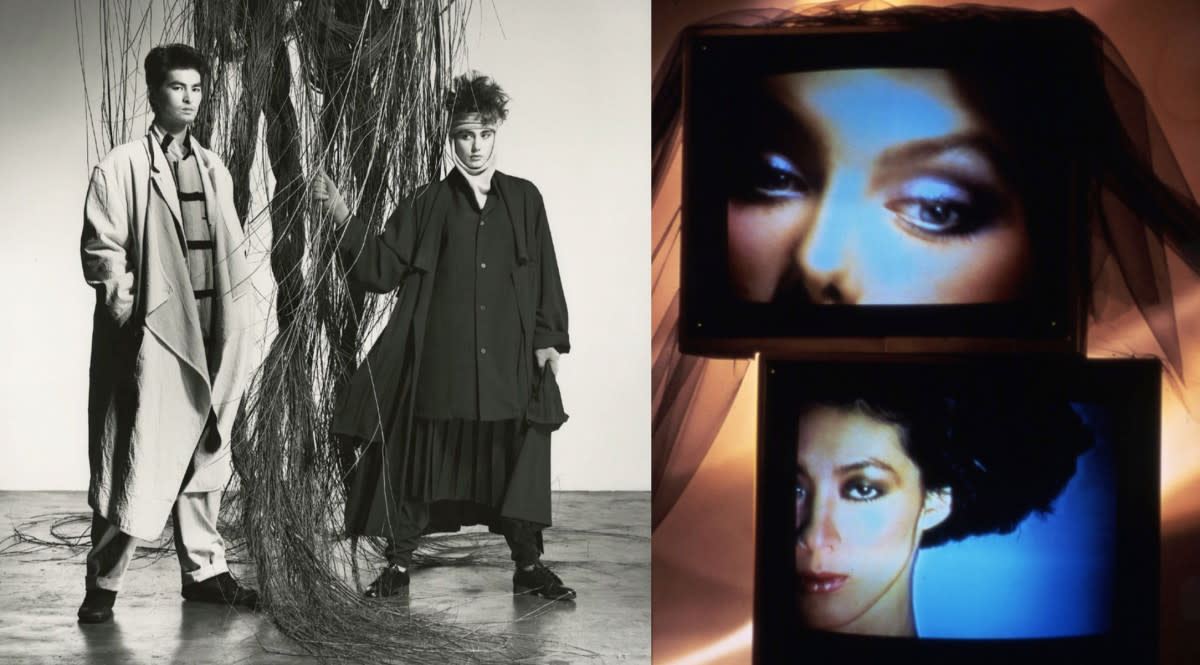
Bloomingdales was my post-graduate degree on culture, where I worked with ministries of governments all over the world, proving that an American retailer could represent their culture in an authentic way. It was then that I was so fortunate to work with legendary creators who were more than great photographers or designers, or more than merchants of commerce – they were historians and arbiters of culture. Projects for Bloomingdales allowed me to constantly travel around the world to bring exhibitions to the stores and produce short documentaries such as the history of Italian cinema, the best of Japanese design and the Emperor’s robes of the Forbidden City, never-before-seen outside the walls of the Forbidden City. Many of my fashion campaigns were based on global culture beyond the creativity of apparel.
At Wieden+Kennedy, my life was so much more than ‘traditional advertising’. I enjoyed a career deeply immersed in very local as well as global culture. While Bloomingdales set the bar very high, this was my greatest engagement with culture, where I could go the deepest into the social lives of people, where I learned the most about the importance of context for any of my ideas as solutions to business and marketing problems.
In the very first week at the agency, Dan Wieden received a request from Nike founder, Phil Knight, who was concerned that his brand was losing relevance on the streets of New York. From Knight’s request, I created ‘NYC’, the beginning of what would become a strategy for networking to build local trust, doing good for the neighbourhood, and ultimately proving your respect for the local culture before ever asking for anything in return. That was the promise of ‘City Attack’.
One of my proudest achievements at Wieden+Kennedy is that ‘City Attack’ has become a part of Nike’s creative vernacular, a way of thinking and a respect for the local culture of people. ‘City Attack’ is now an accepted methodology built on deep cultural explorations and connections, plus great thinking with a deeper understanding of the context of creative ideas.
If you reflect on the journey of inspiration for your most transformative projects, where in the world do they take place?
China, 1979:
In 1978, French Elle published a historic issue with photographs of the model Esme by Alex Chatelaine – one of the first true fashion editorials produced in a newly reopened China. My trip in 1979 with Bloomingdales may have been the first major advertising shoot. This was my very first major international photo shoot and my photographer was a young Albert Watson. We transformed a large bus into a travelling production studio (as well as people carrier) and we worked our way from Beijing in the north to Guangzhou in the south. This was a part of perhaps the greatest international promotion in Bloomingdales (or even retail) history.
I returned in 2006 and, without the financial security of a client, opened Wieden+Kennedy Shanghai. When I first walked Dan Wieden into the backyard of our newly renovated ‘house’ in Shanghai, he stopped momentarily with emotions welling in his heart and eyes.
Tokyo, 1998:
Moving [to Tokyo] in 1998 proved to be one of the greatest inspirations of my life. Before I left for Tokyo, Dan Wieden encouraged me to unleash a new sense of mission: “Make this office the hothouse of our agency network. You can do creative work there that we cannot do in any of our other offices – not Portland, not New York, not Amsterdam.” This was perhaps the most inspiring ‘order’ of my career. Upon arriving, I was disappointed that many of the Western-owned agencies were not so interested in working with local clients. I felt that was disrespectful as a guest in that country.
In 1998, I helped to launch the Uniqlo brand in Japan. Our ‘Player’s Delight’ LP for Nike Japan is selected as one of the top 100 Hip-Hop albums of Japan. This success lead to a partnership with Polystar Records to launch our own independent music label. Even today, culture continues to be our most important partner.
Most recently, I completed the biggest creative project of my career – a new global headquarters and cultural center of Uniqlo in the Ariake area of Tokyo.
Curiosity is enhanced when you can experience life viscerally: with people, on location, in new places that you would never go.
John C. Jay
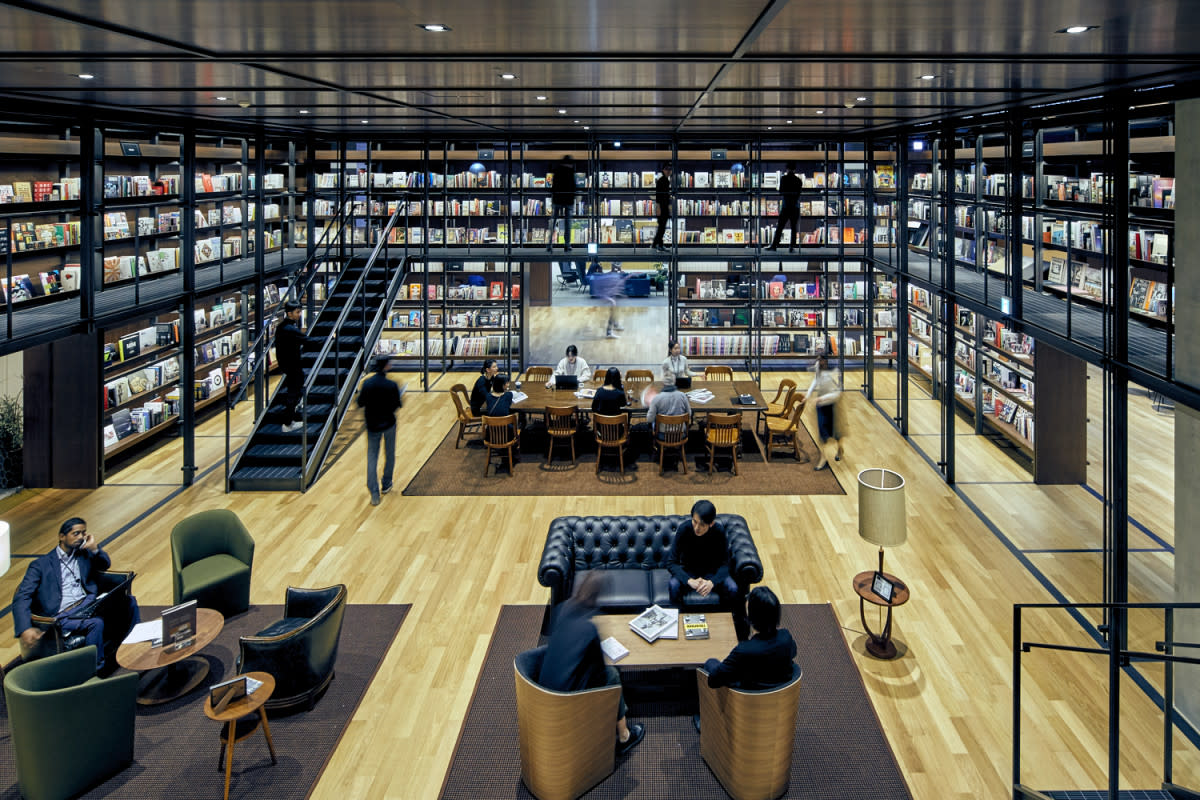
New York City, 1994:
My 1994 ‘City Attack’ efforts for Nike changed how we all thought about marketing and advertising. Our efforts were less about an advertising style, but more on authenticity and the ability to contribute in real ways to the city and its players.
In 2016, I opened our new Creative and R&D Center on Gansevoort St. in the West Village for Fast Retailing and Uniqlo. New York culture never ceases to inspire me.
How is Fast Retailing helping to design a future better than today?
People ask me how my life has changed since arriving at Uniqlo. How has my purpose changed?
Today, I see my job as bringing the highest possible quality to the greatest number of people. My product is clothes that are thoughtfully designed and produced. The Uniqlo concept is called LifeWear: clothing that is infused with innovative technology and requires constant improvement to make your life better.
What are the most common friction points for design and creative businesses entering the Asian market, and how should they prepare accordingly.
Be prepared to UNLEARN in order to learn again.
Get off that Western high-horse of cultural superiority.
Enter with humility and genuine respect for your new Asian associates and competitors.
Put your awards away and learn a new way to think about problems and solutions.
Give more than you take.
Is there a change as to how businesses should work or collaborate internationally considering the current US political climate?
Basic business principles will always continue to apply (see the previous question).
Be more than simply about money. Have respect and empathy for the new culture you are working in…be a part of that culture. Be a good citizen of that country. Be a good neighbour in your new neighbourhood. Contribute to the culture and economy. Put in before you take out. Just be a good company.
Take the time to understand “why”.
Put your best thinking and creativity on the table and make the best work of your life. The smartest work is always made for the smartest clients.
Why do you exist? Why should anyone care? Simply look at the world through the lens of the customer. How are you relevant to them?
John C. Jay
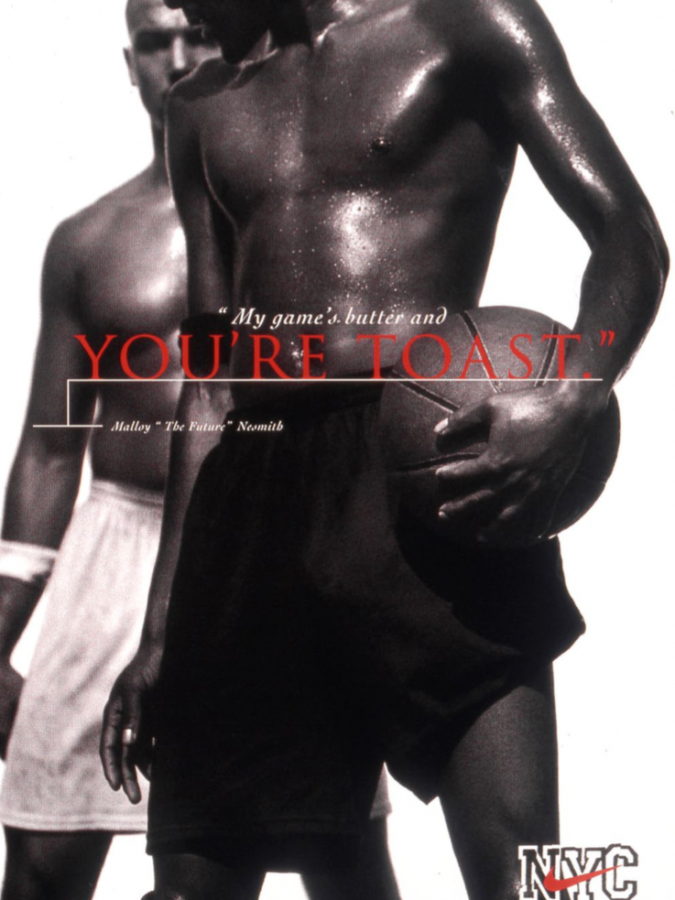
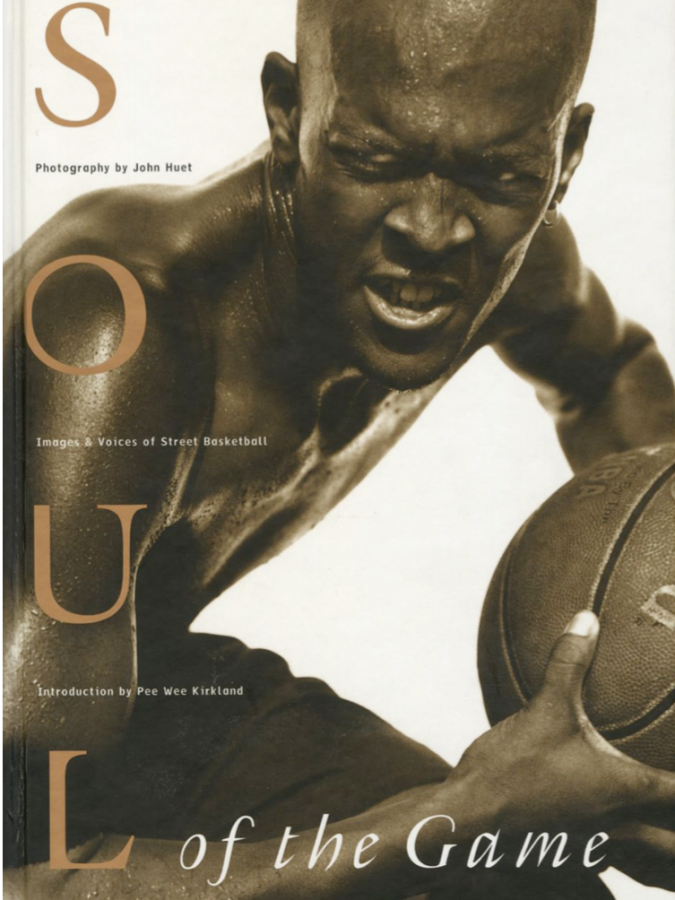
What is the first thing one should do when they arrive in Tokyo?
Walk the neighbourhood and spot your local convenience store/izakaya/ramen shop/4th wave coffee barista. Experience the real Tokyo beneath all the editorial gloss.
Keep it real.
And Shanghai?
Learn how to cross the street without being killed.
Now more than ever, we need empathy to influence how we design for the future. How can we learn to understand each other in an age of news feeds and confirmation bias?
Earn the respect of your audience.
In 1993, when Phil Knight asked the agency about what to do about his concerns about Nike’s relevance in New York City, I started a series of connections with influencers of street and basketball culture in New York.
Rather than simply jump to ad concepts and executions, I wanted to learn more about the mecca of basketball through my own research. I never wanted to depend on others for my learning. I wanted to generate the insights through research orchestrated by creative people. My creative team members put together a series of visits with people in their apartments, in stores, on the street on the courts – all on video.
Part of this process was to earn the trust of the street and of the players, to at least establish a relationship with such influencers and to involve them in creative thinking.
In a business environment driven by changes in technology, you are just one competitive innovation away from being obsolete.
John C. Jay
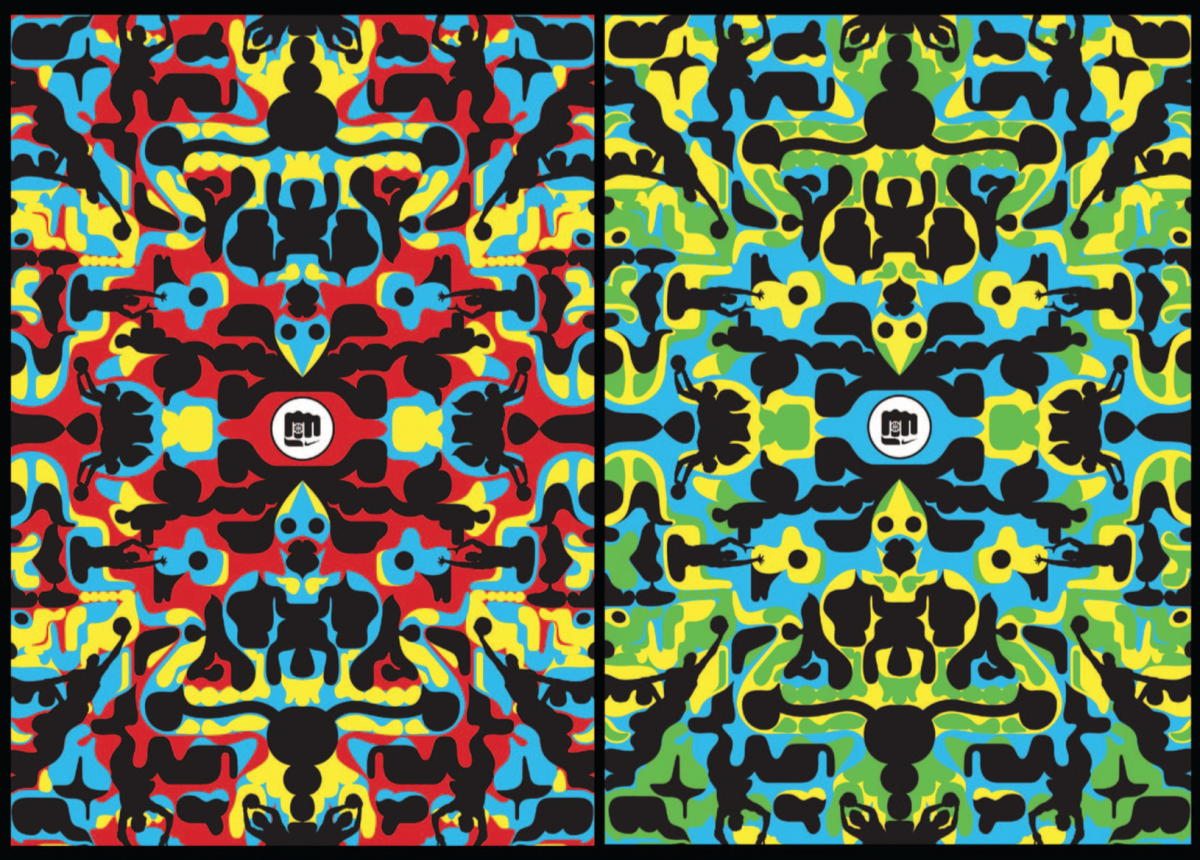
There is nothing more important than trust and understanding first hand the culture of your consumers, their feelings and their history. I have always asked for creatives to lead this process, it should not be left solely in the hands of account people or planners. After all these years, I still do part of this myself.
Information is not knowledge and knowledge is not insight. Earn the trust in order to gain the insight. Travel and meet people in person. Get off the damn computer.
Our efforts were less about an advertising style, but more on authenticity and the ability to contribute in real ways to the city and its players.
John C. Jay
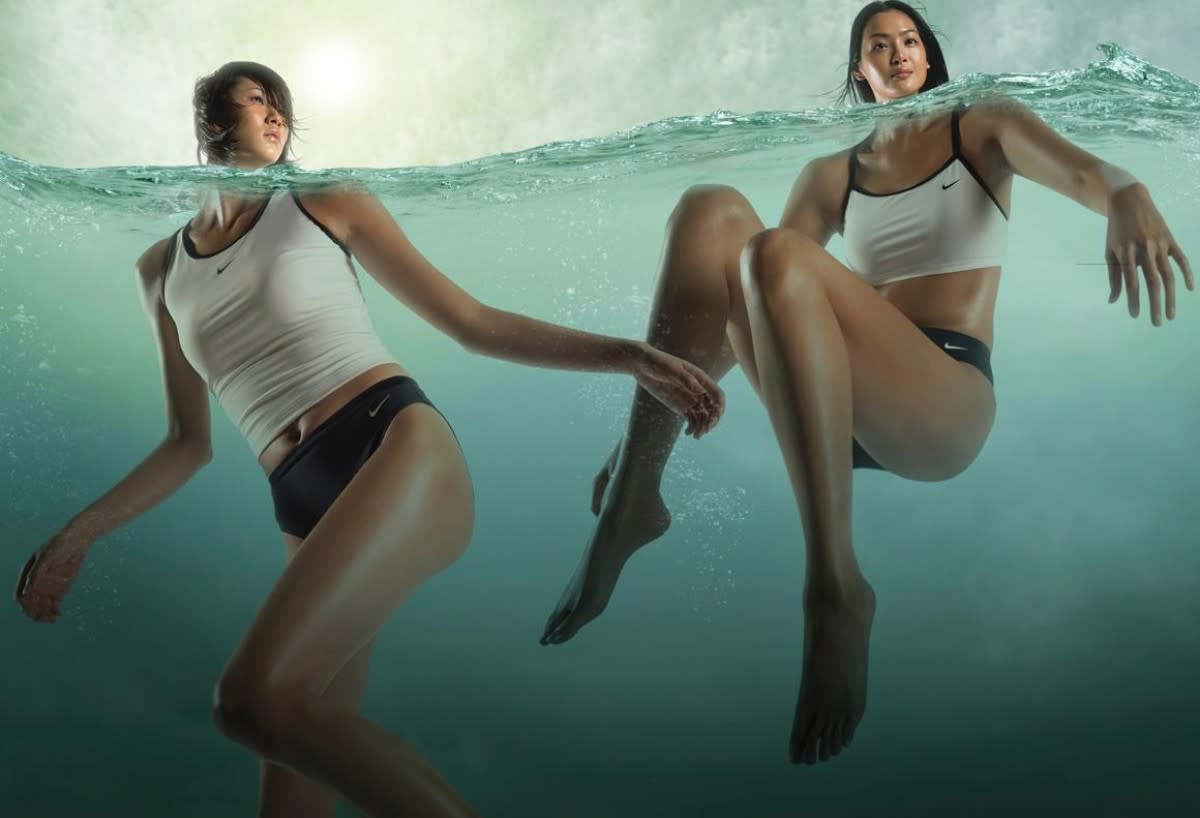
How do we retain our humanity in the race to harness new technology?
Remember the Golden Rule? "Do unto others as you would have them do unto you."
Simple ethos.
- You retain your humanity by never losing it.
- Be a good person. Be a good company. Stop pretending that it is so complex.
- Are you doing good or not?
- Be a good person. Be a good company. Stop pretending that it is so complex.
- Are you doing good or not?
We have barely entered the age of artificial intelligence. The future of a robotic workforce was once of science fiction; the speed of our connections will only advance beyond our comprehension. Our intuition will be challenged because it is based on our experience but that experience may no longer be relevant. So what do we do?
Amidst all this techno advancement, creative thinking will remain our most important skill and contribution to our universe. Creativity, thinking outside of our self-imposed boxes – the willingness to challenge our status-quo – will help us advance the idea of humanity.
Our humanity will be intact if we never allow others to take it away. If you lose it, what’s left?
How can brands grapple with the acceleration of emerging markets vs. the comfort and predictability of existing ones?
First, forget that there is everlasting comfort. In a business environment driven by changes in technology, where Steve Jobs knew Apple’s days were limited with the Mac, you are just one competitive innovation away from being obsolete. So stop looking for comfort as a savior. Comfort is dangerous. Start by understanding the truth about yourself. Why do you exist as a brand? What are you good at and what might you be weak in? Are you able to evolve to meet the challenge? We should understand that you need to protect your existing markets through constant innovation, which will then help you with emerging markets. You may have no choice but to evolve in order to do both.
Any notion that there can be sustainable ‘comfort’ in this highly competitive age is unrealistic. Take comfort in constant learning and innovating. Being creative will be your competitive weapon. Hire the people who will keep you honest here.
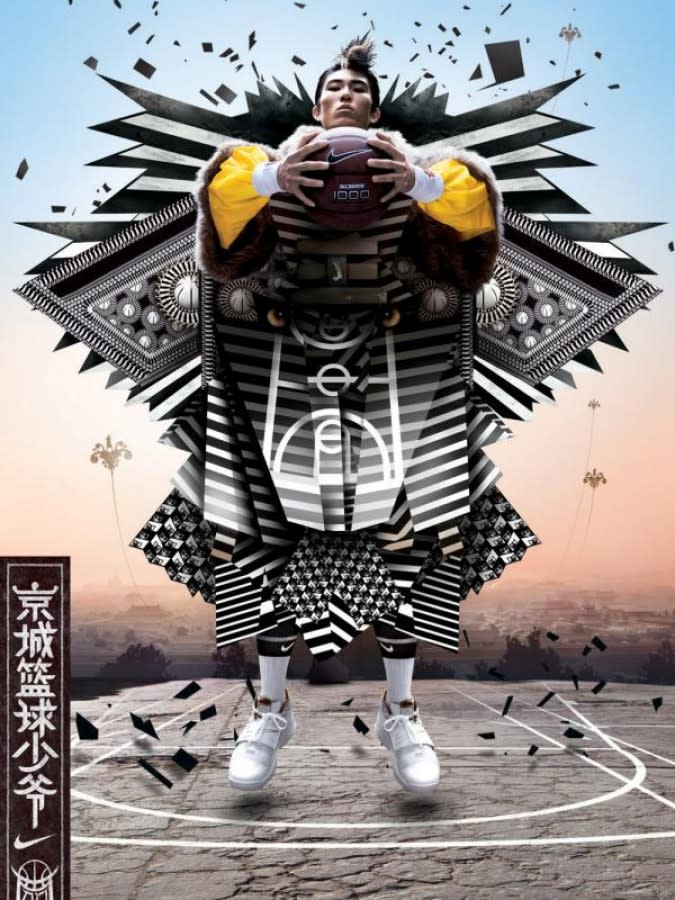

How can we approach designing products and experiences that are universally accessible across multiple cultures and communities?
Obviously, there are many differences amongst cultures and societies. But there are also wonderful similarities amongst us.
Think of the consumer experience today: What is desirable may be more universal that you may think.
I think about my own charge at Uniqlo, to bring the highest quality to the greatest number of people. This means that products and services must meet at least a certain level of design excellence and integrity, a level of service and thoughtfulness. However, before we worry about everyone else, understand why you even exist as a brand or company.
Be disciplined about yourself, worry about you.
Before you ask your agencies and outside partners how good they are, ask yourself…“how good am I?”
- Are you a great client?
- Are you unique?
- Are you of great value?
- Do you have convictions?
- Are you the best at what you offer?
- Are you relevant in today’s zeitgeist?
- Are you unique?
- Are you of great value?
- Do you have convictions?
- Are you the best at what you offer?
- Are you relevant in today’s zeitgeist?
Before you worry about ‘multiple cultures and communities’, you must approach designing products and experiences by being true to who you are, rather than just depending on research of what people want.
Once again…
Why do you exist? Why should anyone care? Simply look at the world through the lens of the customer. How are you relevant to them?
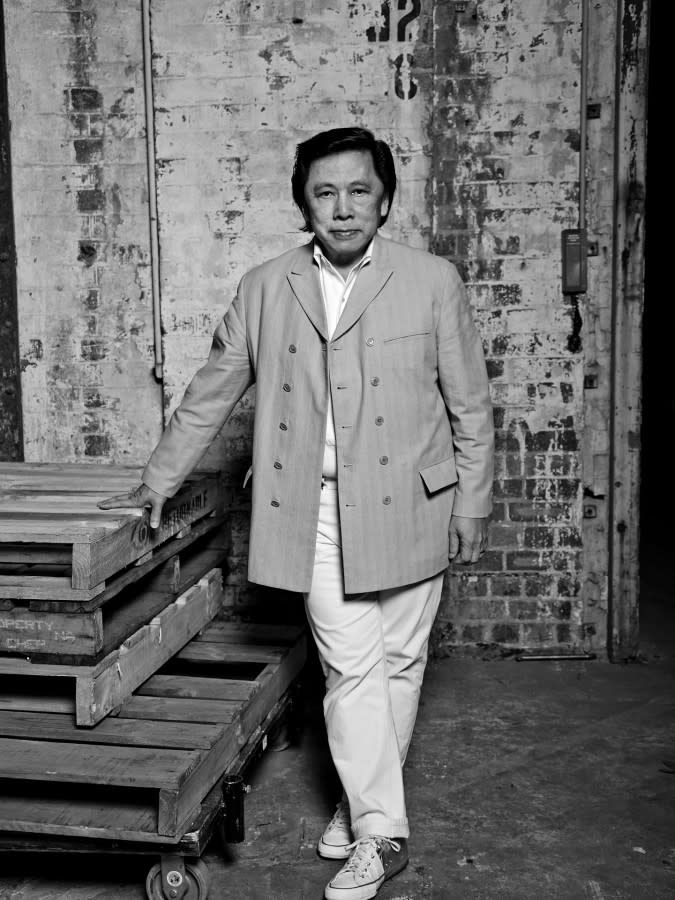
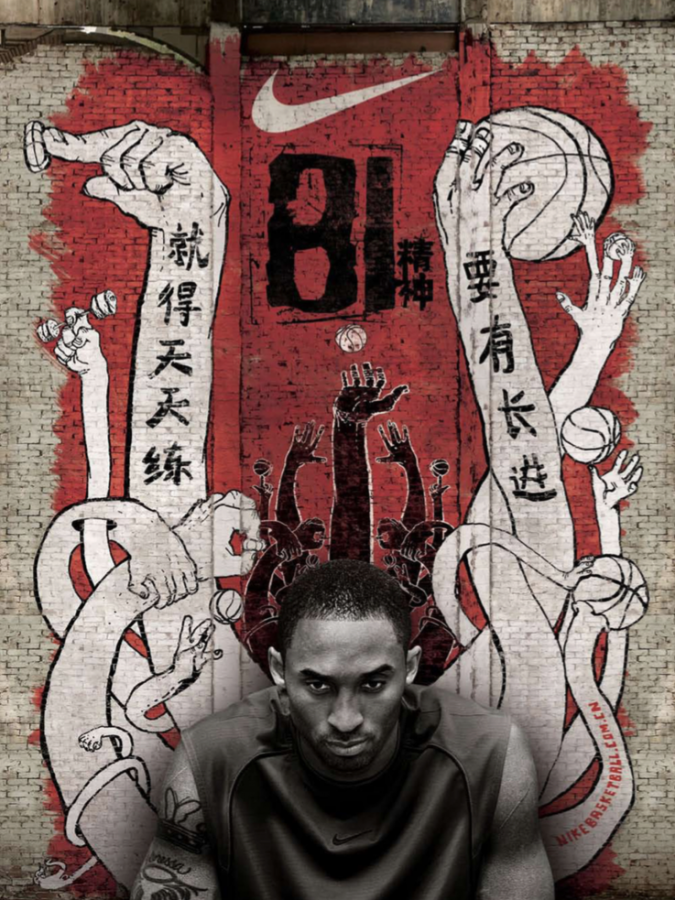
What are the personal qualities creatives should possess to create meaningful connections with partners, clients, friends and beyond?
I go back to the simplicity of the Golden Rule. It’s not rocket science; Are you a good person?
Do you put others as a priority to help those around you be the best they can be? Deep connections are always about trust. I have always thought the first job of any supervisor or manager is to inspire those around you; to lift the level of excellence of all those who work with you.
Stop making it always about you.
Also, it is surprising how often our most valuable asset, the power of curiosity, can diminish over the time of our career or the life of a brand. Curiosity is the fountain of youth both intellectually and creatively, yet we allow it to slip away because through our experience, we think we know it all. Curiosity is enhanced when you can experience life viscerally: with people, on location, in new places that you would never go.
You cannot reap the emotional benefits of curiosity through search. We can all name a creative talent or brand that is no longer relevant. How did that happen? There is always a starting point. When you are no longer connected to the times – with contemporary culture – then you begin to lack the ability to answer “why?”
Curiosity is a lifelong process with no finish line.
What is a question clients often fail to ask? But always should?
“Are you proud of this work? Is this your personal best?"
What is a piece of advice you would give to the youngest designer you know?
I know this is not going to be popular with some but here is what I think: Throughout the life of your career, you will be searching for your personal definition of happiness, and that happiness will depend on having freedom in your work.
There will be no joy without freedom. The search for freedom is unending. Freedom will only be possible through your ability to enjoy working hard.
Hard work will be your best investment.